Bunny Enterotoxemia
Bunny enterotoxemia. Follow along as we brainstorm causes of a case of bunny diarrhea. You may be able to prevent rabbit death from severe enteritis, and relieve and prevent mild bunny diarrhea.
Maurice, from Ohio, asks:
"If you folks ever find a cure for bunnies getting sick after they leave momma, give me a holler.
"That is my biggest problem."
Well Maurice, that sounds like no fun at all...
Are you talking about a mild
bunny diarrhea?
Or is it a 'keel-over-and-die' kind of sick? The latter, at least during the post-weaning stage
of life, is the extreme form of mild bunny diarrhea, and there isn't too much you can do with a rabbit corpse except bury it.
If bunny after bunny in one's rabbitry gets sick with bunny enterotoxemia after weaning, this could be an indication of:
- Weaning stress
- A Dietary imbalance of nutrients in the overall diet, especially too many carbs
- A possible infectious process which is much more than bunny enterotoxemia due to the above
Let's brainstorm these possibilities....
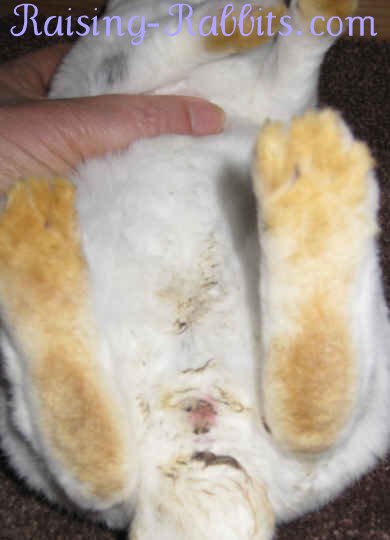
When do you wean your bunnies?
Any time after 4 weeks is okay, IF weaning is done as a process rather than an event. Some research indicates better outcomes if you wait a bit longer than 28 days.
That said, until the incidence of bunny enteritis can be brought under control in your rabbitry, you might want to postpone weaning until 6 or 7 weeks (waiting longer is not necessary), and then wait a day or two before making additional changes to the bunnies' lives, so they can deal with one stress at a time.
Pictured: This bunny's diarrhea was mild, and is already resolved. It never had another problem. At the time, the 5-week-old litter was still with their mom.
How do you wean them?
See Weaning Rabbits. Removing the doe rather than the bunnies is a lot less stressful, and indeed, mimics nature. In the wild, the doe simply abandons the kits and goes and builds herself a new burrow because she’s very pregnant with a new litter. She’ll have just a few days to dig the burrow and kindle her new kits.
At this point, the kits are just 27 to 28 days old. They’re already completely eating and drinking on their own. They’re getting only tiny snacks of mama’s milk by the time the doe weans them herself by disappearing from their lives.
Weaning by itself does not cause bunny enterotoxemia. But if a few kits tend to sicken or die within a week after weaning, perhaps you should reevaluate the weaning process for evidence of stress.
- Don't wean a kit straight to the pet shop.
- Don't wean each kit directly into an individual cage.
Instead, try leaving the kits in their cage and moving the doe out to a new cage. Give them a few days for their lives to normalize before they go to their next destination.
What are you feeding the kits?
Give strong consideration to the balance of nutrients in the bunnies’ feed. This is because what you feed your bunnies will impact whether or not the dangerous germs can proliferate in the bunny's guts. It is this imbalance of bacteria in the hind gut that is the main cause of bunny enterotoxemia.
Bunnies need sufficient fiber, low carbs, 15 - 18% protein levels, and more fats than our commercial feeds typically provide.
When weaning kits and for the next weeks after weaning, it is a good practice to full feed the pellets. But additionally, in order to adjust the balance of nutrients, also full-feed a grass hay, such as orchard or timothy. And, top off the feed with black oil sunflower seeds (‘BOSS’ - bird seed) every evening. Hull and all. A scant handful for the entire litter is sufficient, or a pinch or two per youngster. Whole oats instead of BOSS is also okay, at the same rate of feed, or slightly less. The rate of feed for both BOSS and whole oats should amount to no more than a teaspoon for each kit.
Until you’ve eliminated the bunny enterotoxemia from your rabbits, it is safest to not feed any sweet people-food or packaged treats.
A feeding regimen like this tends to eliminate the occurrence of mild bunny enterotoxemia in your barn if the cause is dietary.
Whenever I see youngsters with a dirty vent due to loose droppings, I remove all feed and give grass hay and water for 24-48 hours. This very frequently solves a mild problem.
See Rabbit Diarrhea for the symptoms (if any) of severe, life-threatening bunny enterotoxemia.
Watery diarrhea is life-threatening. Immediately withdraw
all pellets and give nothing but full feed grass hay and water as above.
But additionally, seek veterinary assistance as soon as possible. Ideally, the above dietary changes may help to reduce the bunny enterotoxemia to a mild bunny diarrhea
which then resolves quickly, if the diarrhea was not severe enough to
kill the rabbit outright.
How clean is the bunnies'
environment?
It’s a fair question, since it is an imbalance between friendly and unfriendly germ bacteria in the hind gut that causes bunny enterotoxemia (mild bunny diarrhea). New weanling bunny guts have not yet built up the full number of necessary digestive bacteria. Their guts are literally sterile at age 10 days, at which point they start nibbling on their mother's cecotropes. From 2 weeks until 8-10 weeks of age, the intestinal flora population builds up until the bunny's guts are fully functional and healthy.
Even the strongest immune systems will buckle if repeatedly
bombarded with germs. The unfriendly bacteria are oftentimes clostridium
organisms, and they don't like to play fair. E. coli is another germ that can kill young bunnies, as can Coccidiosis (not as common in very young bunnies due to the doe's antibodies in the milk).
So check the environment, especially the cages. It's not that the cage needs to be sterile by any means. But, if there's tiny specks of dried-on feces, or a clump of old straw in a corner that's dirty because bunnies with sticky butts nested on it and sticky feces got on the straw, cleaning the cage will help to reduce the bacterial load within the rabbit's world. Additionally, if the cage has not been cleaned between litters, then infectious organisms could be transmitted from litter to litter.
Simply cleaning each cage between rabbits and weanling litters might work wonders for your rabbits' overall health. Under normal circumstances, a couple specks of dried-on organic matter on the wire or a piece of dirty straw would mean absolutely nothing to the kits in the cage. They'd be just fine. But when the barn is experiencing a consistent incidence of sick bunnies, the environment must be taken into consideration.
Never hesitate to take a sample of the rabbit's droppings to the vet for analysis and diagnosis. Treatments are different depending on the causative organism.
-----Sidebar-----
Here's where we insert a shameless plug for our easy-off, easy-on, cage and PVC hutch frame systems!
Seriously, it's so awesome when you can just yank a couple pipes, haul the cage outside, scrub it, hose it, and then pop it back into the rabbitry. If you're not particularly handy, we've written the directions so that nearly anyone can make the hutches, cages, and runs. Plus we illustrated the steps clearly.
Learn more at Rabbit
Hutch Building Plans or World
of Raising Rabbits.
-----Sidebar-----
Serve up some probiotics:
Lastly, until you resolve the source of the problems, you might want to dose each weanling daily with Benebac or other probiotic paste, until 10 weeks of age. This will safely supply the *friendly* bacteria and help reduce the incidence of mild bunny diarrhea or more severe enteritis. At the very least, probiotics have been shown to adjust the cecal pH levels toward normal, which favors the friendly bacteria over the pathogenic germs.
Probiotics will probably not solve ALL your problems, but it may get you over the hump while you address the other factors listed above.
5-9 weeks of age is the danger zone for fatal bunny enterotoxemia, the 'drop-dead' kind of diarrhea in bunnies. This does NOT mean you should wait to wean till 9+ weeks of age. Remember - weaning is not the problem. It means you should reconsider HOW you wean, WHAT you feed, and HOW you manage the rabbits’ environment, all the rabbit care methods mentioned above.
To recap our approach to eliminating bunny enterotoxemia:
- Wean any time after 4 weeks (or after 5-6 weeks while problems persist), minimizing stress by moving the doe, not the kits
- Free feed both pellets and hay on a normal basis, along with a pinch of BOSS
- Withhold all feed except hay and water for a few days when a bunny gets loose stools
- Clean the cage every time the inhabitants change, or additionally when visibly dirty
- Give Benebac if necessary, while problems persist
- IMPORTANT: Obtain a veterinary diagnosis and a lab analysis of the diarrhea to identify a causative organism and obtain a treatment plan if the above rabbit husbandry measures don't eliminate the problem
Go from Bunny Enterotoxemia to Rabbit Diarrhea
Double-Value Guarantee
Our policy is to always OVER-deliver
on value,
which is why your purchase is fully covered by our
Double-Value
Guarantee.
Go ahead - take any of our e-books for a test drive. Peruse our detailed informational and educational e-books. Examine our plans for building rabbit cages, runs, or metal or PVC hutch frames. Check out the Rabbit Husbandry info e-books.
If you aren't completely satisfied that your e-book purchase is worth at least double, triple or even quadruple the price you paid, just drop us a note within 45 days, and we'll refund you the entire cost. That's our Double-Value Guarantee.
Note: When you purchase your
e-books, they will be in PDF format, so you can download them to any device that
supports PDF format. We advise making a back-up copy to a drive or cloud
account. If the books are lost, you can also purchase another copy from Raising-Rabbits.
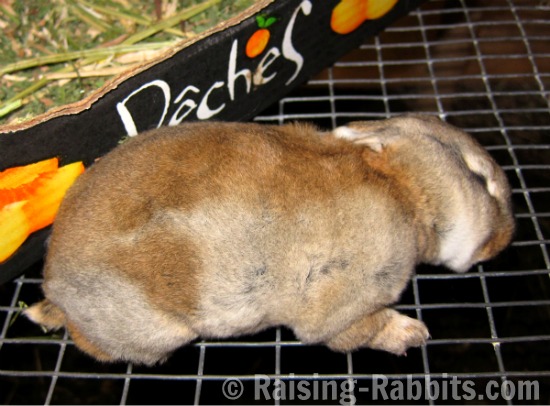
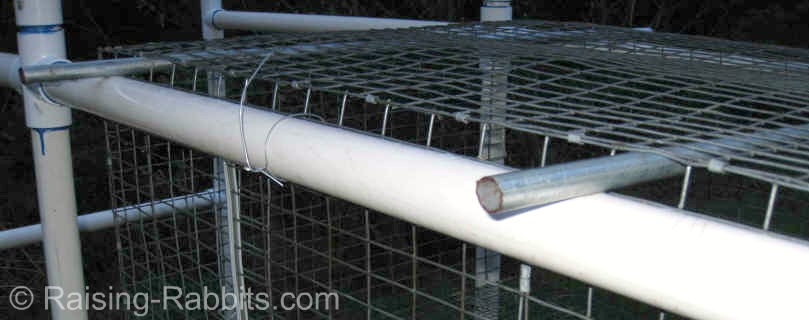
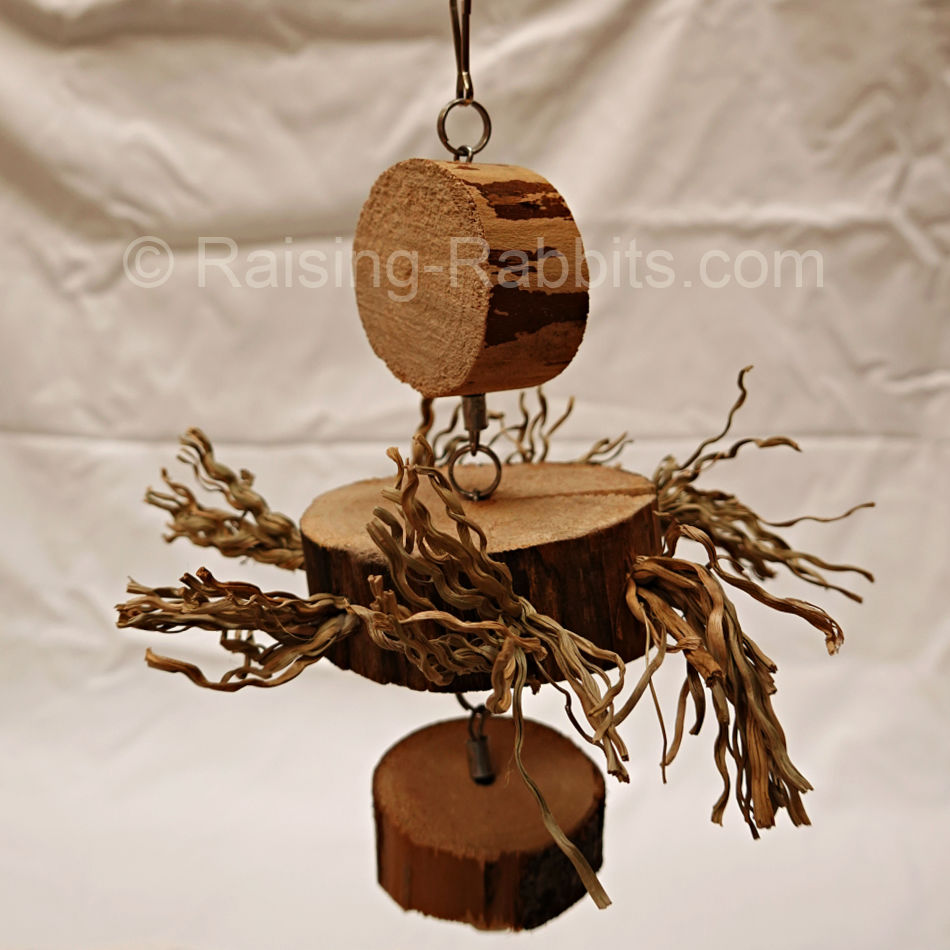
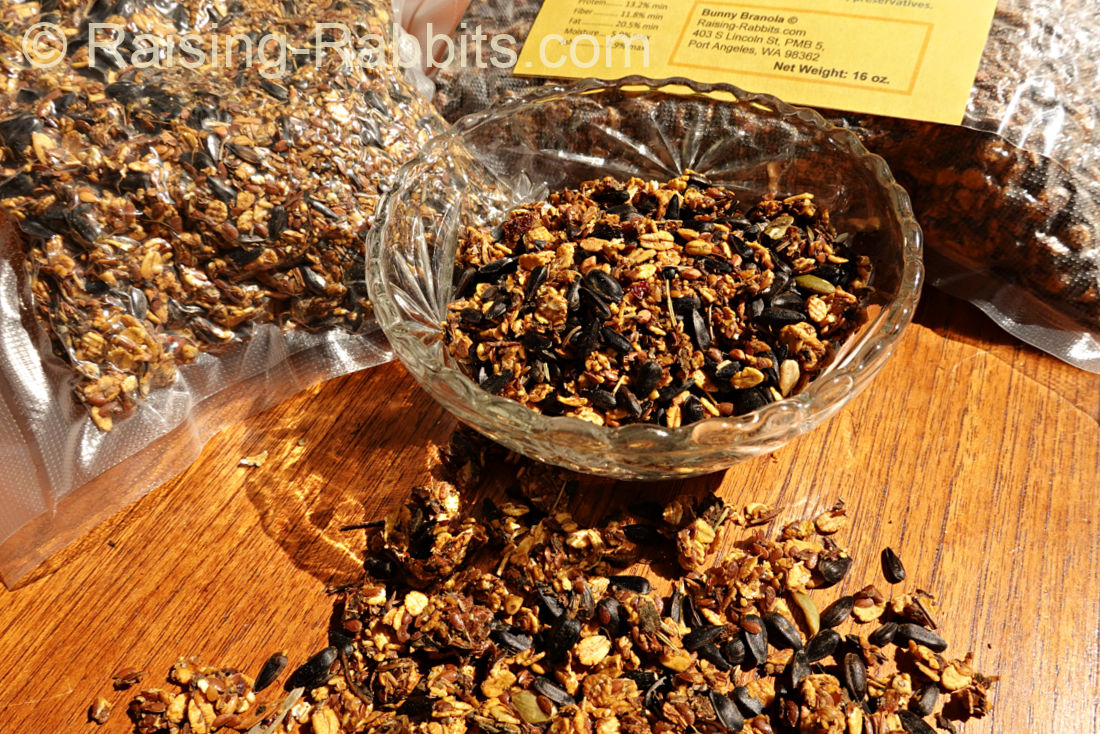
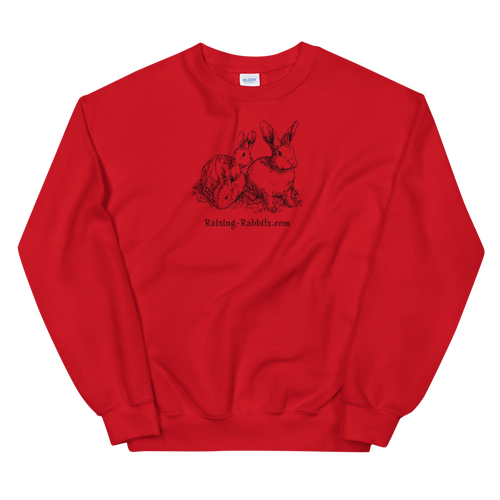


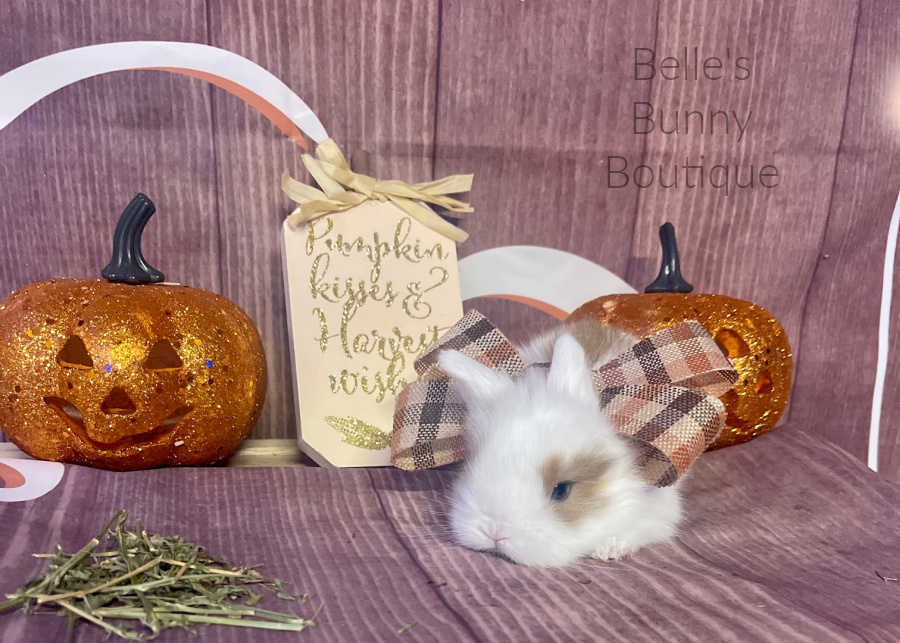
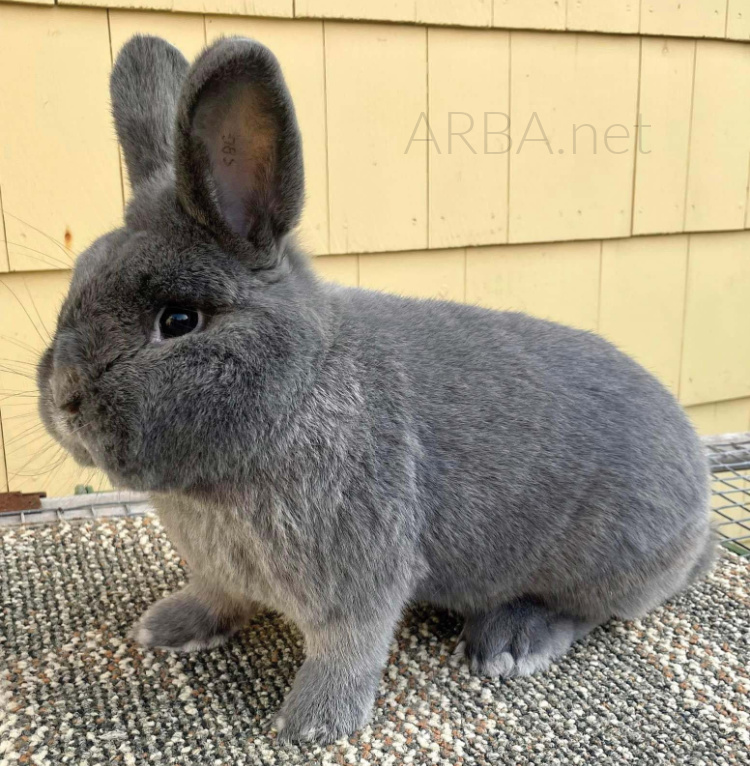
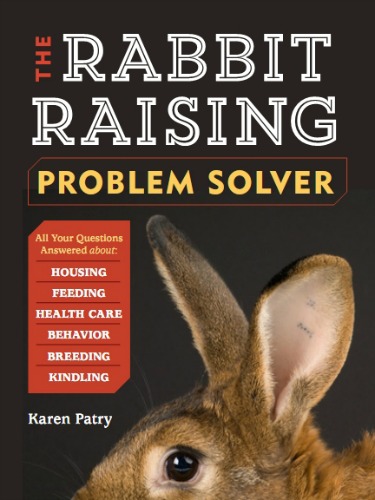

New! Comments
Have your say about what you just read! Leave me a comment in the box below.